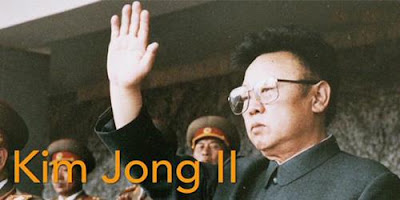 |
| North Korean leader Kim Jong-un |
After
a nuclear test in 2013, there was widespread condemnation. The UN Security
Council held an emergency meeting at which its members, including China,
'strongly condemned' the test. Similar outrage is expected this time. Prime
Minister Abe of Japan has said this fourth test was a 'serious threat to the
safety of his nation'.
On
top of any fourth nuclear test, North Korea also appears to have tested a
submarine-launched missile. The ability to launch missiles from submarines
would change the whole calculation of military response because warning times
of an attack on, for example, the West Coast of the United States would be much
shorter.
Experts
believed before the fourth test that North Korea was still some years from
being able to hit a target with a nuclear bomb delivered by a missile. But it
is crystal clear that it is absolutely determined to be able to do so. It is
also clear that it is improving its abilities rapidly.
If
confirmed, it would mean Pyongyang is intent on pursuing its nuclear programme
with little regard for the major political and diplomatic costs that will
inevitably accompany this unwelcome development, says Dr John Nilsson-Wright of
Asia Programme at Chatham House.
In a
surprise announcement a newsreader on North Korean state TV said: 'The
republic’s first hydrogen bomb test has been successfully performed at 10:00 am
on January 6, 2016.'
Last
month, North Korean leader Kim Jong-un said Pyongyang had developed a hydrogen
bomb, although international experts were skeptical.
What
is a hydrogen bomb?
A
weapon energized by the nuclear fusion of hydrogen isotopes in a chain
reaction, developed in 1958 by the United States
Also
known as a thermo-nuclear bomb, it is seen as a 'cleaner' bomb than an atomic
one as it has less radioactive fallout - but also much more powerful
Unlike
an atomic bomb, powered by nuclear fission, a hydrogen bomb is powered by the
fusion of lighter elements into heavier elements
Such
bombs can be as small as a few feet long and can fit in warheads of ballistic
missiles
No comments:
Post a Comment